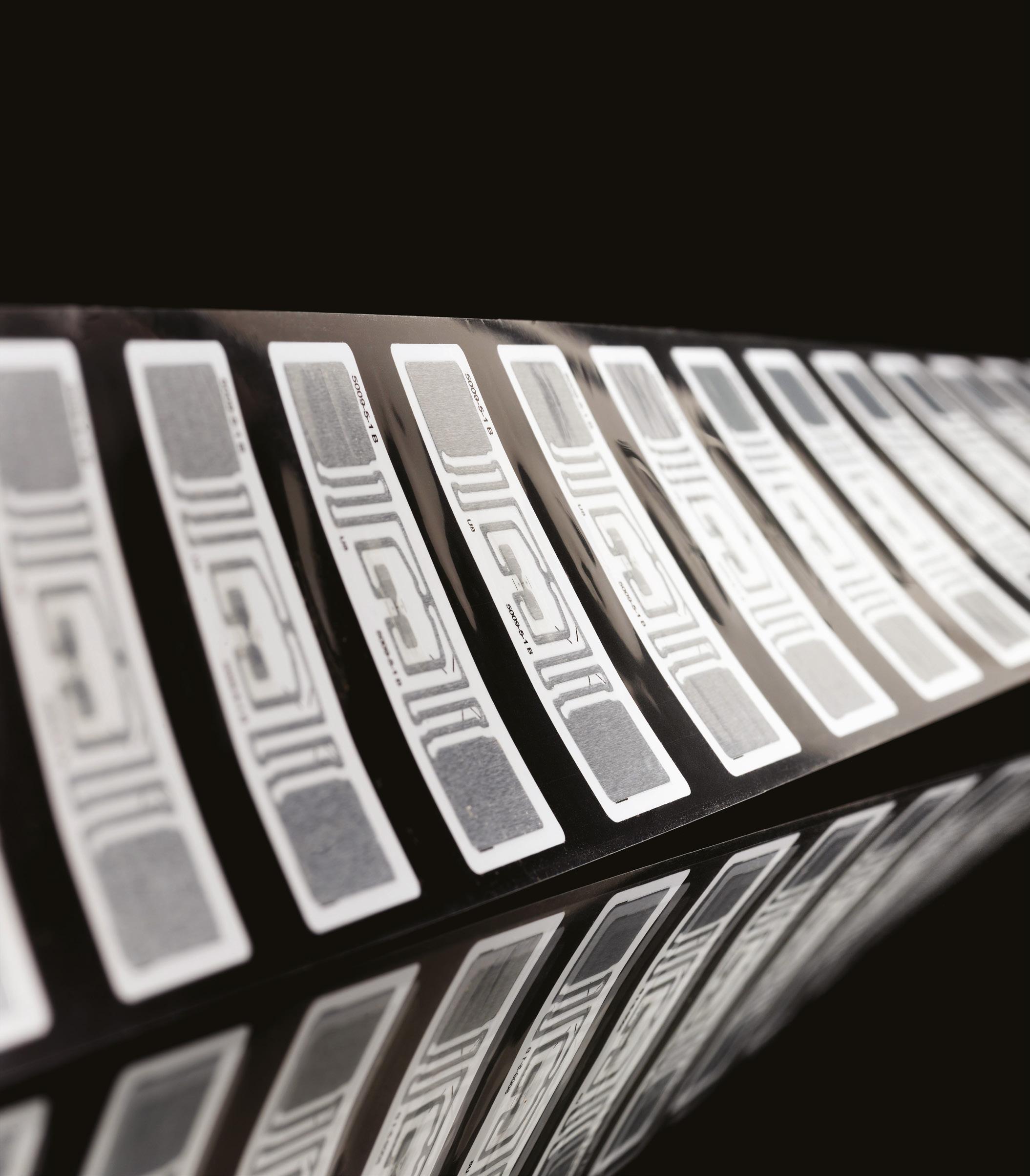Riding the RFID Wave





Imagine a world in which hospitals can instantly access a person’s medical history via an identification bracelet, where retail outlets have been transformed into display rooms enabling customers to identify the cradle-to-grave sustainability of the products they choose, and pharmaceutical companies can trace the journey of every drug they make, from the manufacturing process all the way to the patient. Believe it or not, each of these applications is viable now through RFID technology.

To truly understand the market opportunities provided by RFID, you must understand how OEMs and their customers are already benefiting from this transformative technology. What can different industries achieve with RFID that they could not achieve before? What are target markets doing faster or better with RFID compared with more outdated methods?
Many manufacturers are adopting RFID technology for its benefits in areas such as:
` Security - to thwart theft, counterfeiting or misuse of manufactured goods.
` A competitive edge - to meet global market demands for continuous cost reductions and performance improvements.
` Engagement - to meet customer demands for improved experiences in-store and enhanced omni-channel shopping experience due to product availability.
` Sustainability - to reduce production-related waste and improve efficiency.
` Compliance - to ensure products meet specific regulatory standards or industry performance criteria.
RFID tags identifying and tracking inventory have achieved inventory accuracy rates as high as 99.9 percent.

The retail industry was one of the earliest adopters of RFID technology. RFID tags identifying and tracking inventory have achieved inventory accuracy rates as high as 99.9 percent, and significant reductions in the labor required for inventory control.
As a result, converters serving the retail market most notably apparel and cosmetics experienced early customer pressure to adopt RFID capabilities. Their adoption journey typically looked something like this:
1. An existing customer requests electronic tagging to meet the security demands of a big box distributor.
2. Hesitant to make a major technology investment, the converter enlists the help of a converter who has already adopted RFID, initiating a toll manufacturing relationship.
3. Successful integration of tagging opens new doors for the existing customer, whose demands for RFID tagging increase.
4. The converter makes the modifications required to integrate RFID into his or her own operations.
5. The converter’s newly acquired RFID competency opens new opportunities, as other retail customers begin a similar journey.
Logistics organizations have also helped lead the migration to RFID. In logistics applications, RFID tags can track each product’s journey through the supply chain, helping to expedite deliveries and decrease manual intervention and related human error. Reduced loss and faster processing helped many logistics companies realize fairly rapid returns on investment.
As one industry after another discovers the ROI benefits of RFID tagging, the next wave of market growth is underway. Converters of all sizes are seeing interest in RFID across an ever-widening range of industries, whether they are serving vertical markets or a varied customer base. Here are some of the forces driving adoption in different industries.
` Health care - Pharmacies and medical device manufacturers are incorporating RFID tags to authenticate the origin of manufacture, protect against counterfeiting and reduce human error in inventory management.
` Aviation - RFID baggage tagging is reducing mishandling and improving customer satisfaction.
` Documents - Tracking document versions and expiration data are helping end users securely manage information assets, meet changing documentation requirements and comply with increased regulation of document retention.
` Foods - By tracking temperatures and expiration dates, the food industry is significantly reducing both food waste and labor costs related to inventory management.
` Automotive - This heavily regulated industry is using RFID tagging to increase supply chain visibility and track components more effectively. Sustainable inlay production processes can also help automakers improve compliance, and tagging can help automakers reduce freight costs and improve Work-In-Progress (WIP) efficiencies.
` Tires - RFID labels embedded in tires are improving throughput, reducing scrap and simplifying recall management and its associated costs for tire makers.
` Logistics - RFID labels improve visibility of packages, helping to speed up and improve efficiencies in the delivery process.
Creative collaborations between OEMs, converters and their inlay and equipment suppliers are leading to new applications for RFID technology every day.
In the years ahead, as opportunities in the apparel and logistics markets continue to grow, look to health care, automotive, aviation and comparable markets where RFID tagging can be used to reduce risks related to human error. Markets with zero tolerance for error are likely to escalate RFID adoption as they explore its capabilities in new and innovative ways.
Avery Dennison is committed to supporting converters and their customers worldwide through the RFID adoption process. We offer one of the broadest patent portfolios in this rapidly expanding commercial arena. As a pioneer in RFID technology and the largest UHF inlay manufacturer and distributor worldwide, we can help you achieve and protect each customer’s information-gathering objectives, while opening new windows of opportunity for deeper, more profitable customer relationships. rfid.averydennison.com

